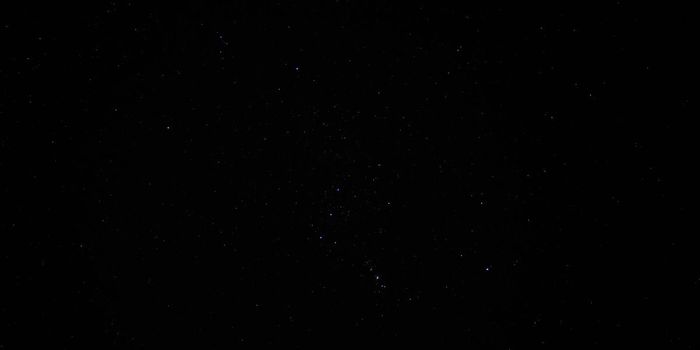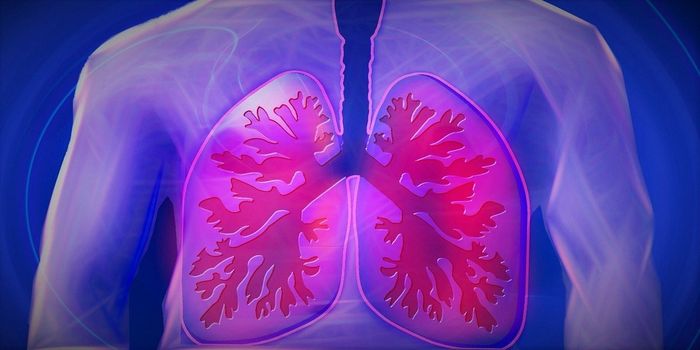A Simple Description of PCR
Chances are good that if you've read about health sciences at some point, you've heard of PCR. But if you aren't one of the many people that routinely perform this procedure as part of biological research, you may not know exactly what it is. My simple description of it is - a gene photocopy machine.
This video from Thermo Fisher Scientific is here to educate us about the standard method, which was first developed around 1968 by Kjell Kleppe and 1968 Nobel laureate H. Gobind Khorana; then later improved by Kary Banks Mullis and Michael Smith who received the 1993 Nobel Prize in Chemistry for their work.
The video does not actually show scientists performing PCR in the lab, so I will add that when PCR is done at the lab bench, essentially researchers are mixing very small amounts of various clear, usually colorless liquids in tubes, then applying those tubes to machines that cycle through a set of temperatures. At the end, one is left with a clear liquid that contains the amplified gene fragment the researcher is interested in.








